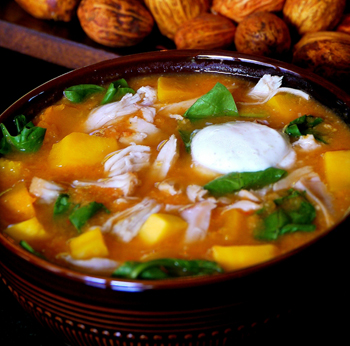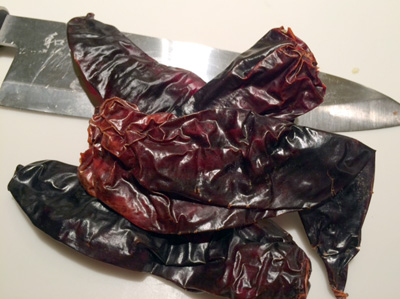 I don’t want to lose weight, stand in line at the gym, or make short-lived resolutions for 2014 - I resolve to live in the moment.
I don’t want to lose weight, stand in line at the gym, or make short-lived resolutions for 2014 - I resolve to live in the moment.
Days before the holiday I decided that Menudo was my good luck dish for this New Year’s Day. It could have been black-eyed peas or slow cooked green with pot liquor, or lentils with something but I’ve been craving Menudo for months! Menudo is tripe soup with Guajillo chiles, onions, garlic, white hominy and a few other slippery slope ingredients. I planned on freezing 11 little bags of this potion, just in case my luck needs to be topped off…
I thought about creating my Menudo for days. I dragged every cookbook out on the subject and read all about it. I visited with Rick Bayless and Diana Kennedy and that was long overdue. This good luck dish was turning into an adventure. Sure, I could have bought a can of Menudo and left it at that, or flown to Tucson, but instead I drove an hour south in light snow flurries to collect the ‘unusual’ ingredients. I had my grocery list and I was ready for some interaction with the human race after being isolated by bad weather.

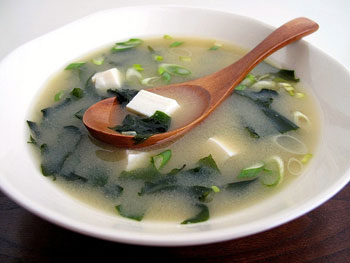 Miso soup is a traditional Japanese comfort food that has gained popularity throughout the world. Here in the United States, it entered the zeitgeist along with sushi and sake when Japanese cuisine became popularized in the 1980s. In Japan, miso soup is eaten by everyone everyday and is as popular as tea. Most Westerners tend to find it difficult to appreciate miso soup, to say the least. It's just one of those foods that is either loved or hated. But for me it's a soup I've been trying to come to terms with for many years. Whenever I've had miso soup I've always hated it, but sometimes I've almost liked it. I've learned that depending on the restaurant and depending on the preparation and the paste used, miso soup can be very different.
Miso soup is a traditional Japanese comfort food that has gained popularity throughout the world. Here in the United States, it entered the zeitgeist along with sushi and sake when Japanese cuisine became popularized in the 1980s. In Japan, miso soup is eaten by everyone everyday and is as popular as tea. Most Westerners tend to find it difficult to appreciate miso soup, to say the least. It's just one of those foods that is either loved or hated. But for me it's a soup I've been trying to come to terms with for many years. Whenever I've had miso soup I've always hated it, but sometimes I've almost liked it. I've learned that depending on the restaurant and depending on the preparation and the paste used, miso soup can be very different.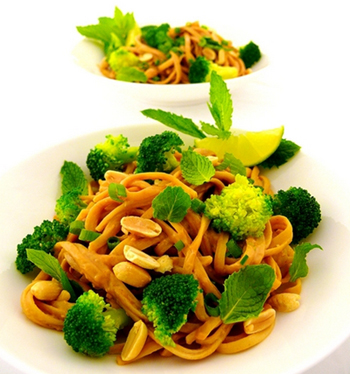 While I was staring aimlessly into the cupboard the other night, looking for my daily dinner inspiration, I came across four jars of peanut butter. I had crunchy, creamy, smooth and natural. The point was I needed to do something with them. Peanut butter and jelly wasn’t going to cut it, unless I wanted a mutiny on my hands. Since I love a good peanut sauce, I figured that was the direction I was heading. Before I knew it, Fragrant Peanut-Lime Noodles graced my dinner table. I decided not to make them spicy since it was a family meal but a few red pepper flakes could definitely give you the heat, if so desired.
While I was staring aimlessly into the cupboard the other night, looking for my daily dinner inspiration, I came across four jars of peanut butter. I had crunchy, creamy, smooth and natural. The point was I needed to do something with them. Peanut butter and jelly wasn’t going to cut it, unless I wanted a mutiny on my hands. Since I love a good peanut sauce, I figured that was the direction I was heading. Before I knew it, Fragrant Peanut-Lime Noodles graced my dinner table. I decided not to make them spicy since it was a family meal but a few red pepper flakes could definitely give you the heat, if so desired.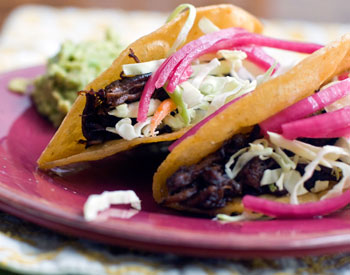
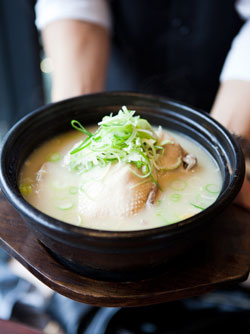 Stuffed and sated without the ability to eat even one more bite – or so I thought – we headed to Hwang Hu Sam Gye Tang restaurant to experience Samgyetang, a hot bowl of bubbling chicken soup made with one very important ingredient: ginseng.
Stuffed and sated without the ability to eat even one more bite – or so I thought – we headed to Hwang Hu Sam Gye Tang restaurant to experience Samgyetang, a hot bowl of bubbling chicken soup made with one very important ingredient: ginseng.
